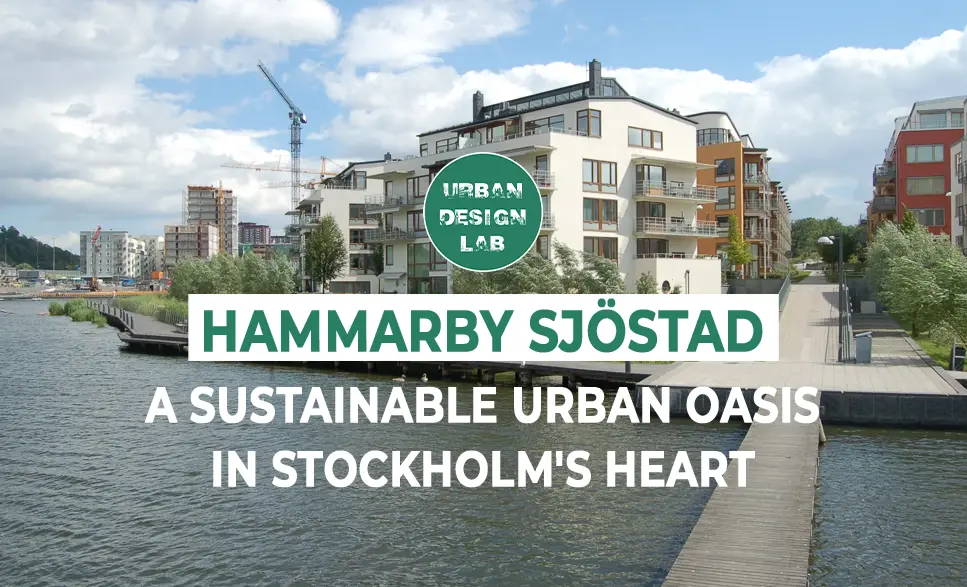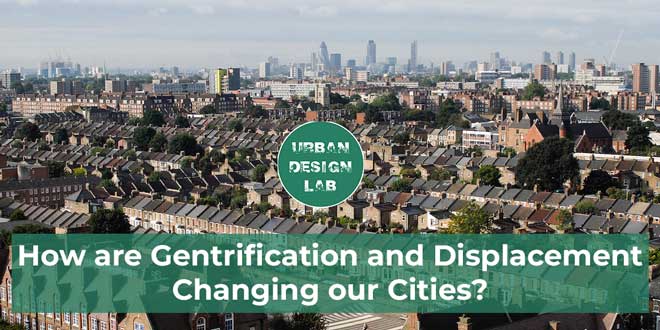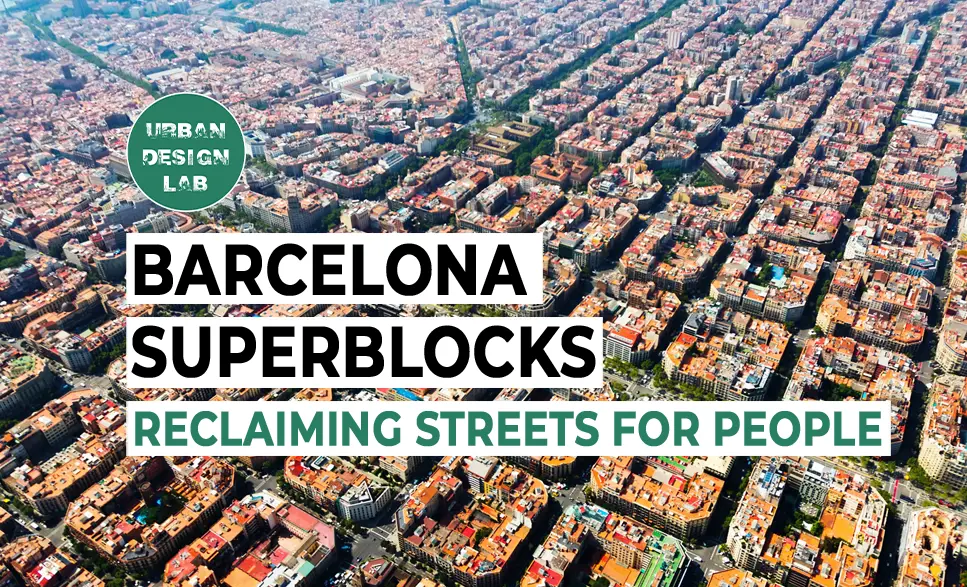
Hammarby Sjöstad: A Sustainable Urban Oasis in Stockholm’s Heart

Hammarby Sjöstad, in Stockholm, is a leading example of sustainable urban development. Transformed from an industrial zone in the early 1990s, it now features modern architecture blended with natural landscapes, emphasizing green spaces and water features. The district uses the innovative Hammarby Model, a closed-loop system that interconnects waste, energy, and water systems to maximize resource efficiency. Biogas from organic waste, treated wastewater, solar panels, and wind turbines significantly reduce environmental impact.
Community engagement has been crucial to the district’s success. Residents were involved from the planning stages, ensuring their needs were met. Educational programs and eco-friendly amenities, such as recycling stations and electric vehicle charging points, promote sustainable living. Hammarby Sjöstad offers valuable lessons for future urban planning, showing the importance of integrating green technologies, community involvement, and sustainable infrastructure. As cities face urbanization and climate challenges, Hammarby Sjöstad stands as a model for creating thriving, eco-friendly urban spaces.
Introduction: The Genesis of Hammarby Sjöstad
Hammarby Sjöstad, located in Stockholm, Sweden, is an exemplary model of sustainable urban development. Initially, this area was an industrial zone, but in the early 1990s, the Stockholm City Council initiated an ambitious project to transform it into a modern, eco-friendly residential neighborhood. The redevelopment aimed to address environmental concerns, meet growing housing demands, and demonstrate how urban areas can be designed with sustainability at their core. The project was part of Stockholm’s bid for the 2004 Olympic Games, which, despite not winning, led to the realization of Hammarby Sjöstad as a groundbreaking urban district.

Urban Design and Architecture: Blending Modernity with Nature
Hammarby Sjöstad’s urban design is a masterclass in balancing sleek, contemporary architecture with the surrounding natural environment. The district’s layout emphasizes the seamless integration of buildings and green spaces, creating a vibrant urban landscape that fosters both ecological sustainability and human well-being. Central to its design philosophy is the prioritization of expansive green spaces, water features, and natural light. Buildings are meticulously designed to not only complement the natural surroundings but also to enhance energy efficiency, utilizing renewable energy sources such as solar panels, geothermal heating, and wind energy.
Architecturally, the district showcases clean lines, large glass façades, and eco-friendly materials that minimize environmental footprints while promoting aesthetic appeal. The extensive use of glass not only maximizes natural lighting but also offers panoramic views of the surrounding parks, lakes, and green rooftops. Many buildings feature living walls and green roofs, which not only reduce energy consumption but also contribute to biodiversity within the urban setting.
Public spaces are equally well-considered, with parks, gardens, and pedestrian-friendly pathways strategically placed to encourage outdoor activities and community engagement. These pathways are designed to connect residential areas with key amenities, facilitating easy access to public transportation, shops, and recreational areas. The district’s proximity to Hammarby Lake enhances its allure, offering residents opportunities for water-based activities like kayaking, boating, and lakeside strolls. This intentional blending of urban and natural elements not only enhances the aesthetic and recreational value of the district but also promotes a lifestyle centered around health, community, and environmental stewardship. Hammarby Sjöstad exemplifies how modern urban design can create livable spaces that are in harmony with nature while supporting sustainable living practices.

Source: Website Link
Sustainable Infrastructure: Innovations in Energy and Waste Management
Hammarby Sjöstad is renowned for its innovative approach to sustainability, particularly in energy and waste management. The district operates on a closed-loop system known as the Hammarby Model, where waste, energy, and water systems are interconnected to maximize resource efficiency. Biogas is produced from organic waste and used for heating and electricity, while wastewater is treated and reused for non-potable purposes. Solar panels and wind turbines supplement the energy needs, reducing reliance on fossil fuels. This integrated infrastructure not only minimizes environmental impact but also serves as a blueprint for sustainable urban planning worldwide.

Community Engagement: Fostering a Green Lifestyle
A key element of Hammarby Sjöstad’s success is its focus on community engagement and promoting a green lifestyle among its residents. From the outset, the project involved local communities in the planning process, ensuring that their needs and preferences were met. Educational programs and workshops on sustainable living practices are regularly organized to keep residents informed and motivated. The district also boasts numerous eco-friendly amenities, such as recycling stations, electric vehicle charging points, and extensive public transport options, all of which contribute to a reduced carbon footprint and a stronger sense of community responsibility towards the environment.

Lessons Learned: Hammarby Sjöstad as a Model for Future Cities
Hammarby Sjöstad’s success offers several critical lessons for sustainable urban development, demonstrating how cities can address both environmental challenges and social needs. Key insights include:
- Integrate Green Technologies Early: The district highlights the importance of embedding renewable energy systems, waste management, and water recycling technologies into the foundational design. Early integration ensures maximum efficiency and long-term sustainability.
- Community Engagement is Essential: Involving residents in the planning and development phases fosters a sense of ownership and commitment to sustainable living. Public participation ensures that developments meet the community’s needs and encourages long-term stewardship.
- Design Infrastructure for Sustainability: Hammarby Sjöstad’s interconnected systems for energy, water, and waste management showcase the value of designing infrastructure that supports eco-friendly living. Such systems reduce reliance on external resources and promote circular economies.
- Balance Environmental, Social, and Economic Goals: The district demonstrates that sustainability is not only about environmental concerns but also about creating thriving, socially inclusive, and economically viable communities.
- Replicable Model for Future Cities: Hammarby Sjöstad’s holistic approach serves as a blueprint for other cities, especially those facing rapid urbanization and climate change. Its success shows that sustainable urban development can lead to healthier, more resilient, and vibrant cities.
By aligning environmental goals with the needs of residents, Hammarby Sjöstad proves that cities can thrive while prioritizing sustainability.

Conclusion
Hammarby Sjöstad stands as a testament to the possibilities of sustainable urban development. Its transformation from an industrial area to a vibrant, eco-friendly district demonstrates the effectiveness of innovative planning and community engagement. By integrating modern architecture with natural landscapes and implementing the Hammarby Model, the district showcases how interconnected waste, energy, and water systems can significantly reduce environmental impact. Community involvement from the early stages ensured that residents’ needs were met, fostering a strong sense of ownership and commitment to sustainable living. Educational programs and eco-friendly amenities further support a green lifestyle, making sustainability a part of daily life. Hammarby Sjöstad’s success offers valuable lessons for urban planners worldwide, emphasizing the importance of green technologies, community participation, and sustainable infrastructure. As cities face the challenges of urbanization and climate change, Hammarby Sjöstad serves as a replicable model, proving that it is possible to create thriving urban spaces that balance environmental, social, and economic goals. This district not only enhances the quality of life for its residents but also sets a benchmark for future sustainable cities globally.
References
- Beatley, T. (2011). Biophilic Cities: Integrating Nature into Urban Design and Planning. Island Press.
- Berndtsson, J. C., & Hyvönen, R. (2002). Hammarby Sjöstad – A New City District with Ecological Perspectives. Stockholm Water Company. Retrieved from http://www.stockholmvatten.se
- Falkheden, L. (2005). The Hammarby Model: Development and Realization. Nordic Journal of Architectural Research, 18(4), 9-17.
- Gaffney, O., & O’Byrne, D. (2018). Hammarby Sjöstad: A Case Study in Urban Sustainability. Stockholm Resilience Centre. Retrieved from https://www.stockholmresilience.org
- Larsson, N. K. (2004). The Hammarby Model: Sustainability in Practice. Environmental Design and Construction, 7(1), 45-49.
- Newman, P., Beatley, T., & Boyer, H. (2017). Resilient Cities: Overcoming Fossil Fuel Dependence. Island Press.
- Svane, Ö. (2007). Hammarby Sjöstad: A Unique Case for Urban Sustainability. International Journal of Sustainable Development and Planning, 2(3), 290-306.
- Suzuki, H., Dastur, A., Moffatt, S., Yabuki, N., & Maruyama, H. (2010). Eco2 Cities: Ecological Cities as Economic Cities. The World Bank.
- White, R. R. (2002). Building the Ecological City. Journal of Urban Planning and Development, 128(3), 113-140.
- Wolfram, M. (2012). Deconstructing Smart Cities: Hammarby Sjöstad as a Case Study. Journal of Cleaner Production, 42, 224-232.
Hazal Koç
Hazal Koç lives in Turkiye and is a 4th year student at Ted University. Department of Urban Regional Planning. In addition to her undergraduate degree, she is doing an additional major in world citizenship. In addition to her native language Turkish, spe speaks fluent English and intermediate German.
Related articles

5-Days UDL GIS
Masterclass
GIS Made Easy – Learn to Map, Analyse, and Transform Urban Futures
Session Dates
14th-18th July 2025

Free E-Book
From thesis to Portfolio
A Guide to Convert Academic Work into a Professional Portfolio”
Recent Posts
- Article Posted:
- Article Posted:
- Article Posted:
- Article Posted:
- Article Posted:
- Article Posted:
- Article Posted:
- Article Posted:
- Article Posted:
- Article Posted:
- Article Posted:
- Article Posted:
Sign up for our Newsletter
“Let’s explore the new avenues of Urban environment together “
















































2 Comments